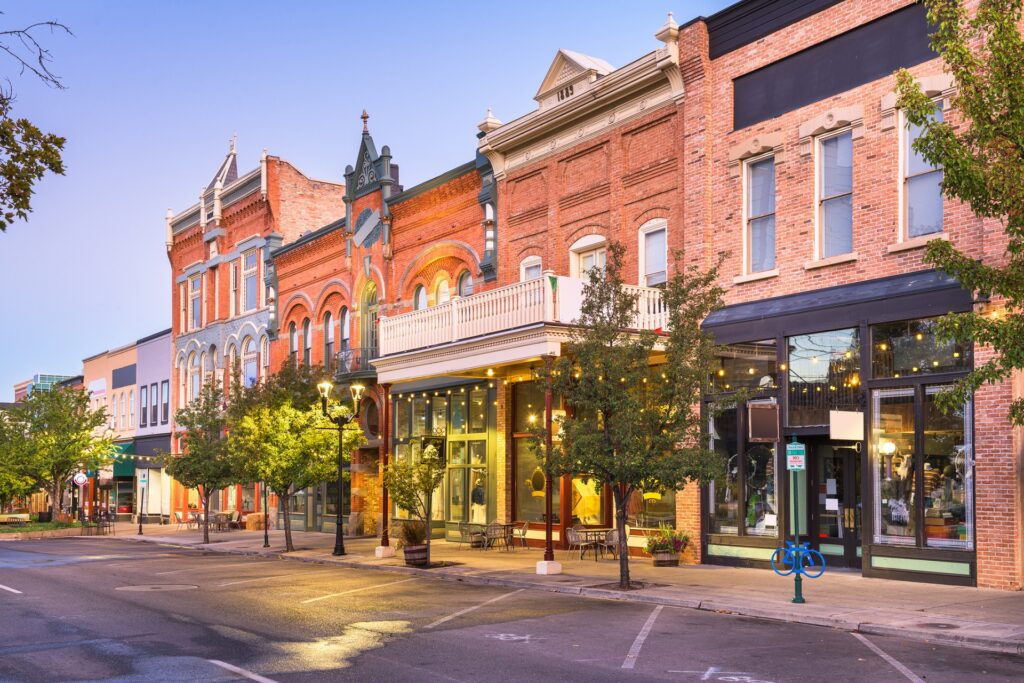
Ensuring Smooth Facility Operations During Holiday Closures
As the holiday season approaches, businesses are often faced with facility closures, which can create unique challenges for HVAC, electrical, and plumbing systems. While shutting down for a few days may seem straightforward, neglecting these critical systems can lead to expensive repairs, energy waste, and even safety hazards. To prevent such issues, a proactive approach is key to ensuring smooth operations before, during, and after the holiday break. This guide covers essential maintenance tips to protect your building’s HVAC, electrical, and plumbing systems, keeping them safe, efficient, and ready for reopening.
1. Preparing Your HVAC System for Holiday Downtime
a. Schedule a Pre-Holiday Inspection
Prior to closing, have a professional inspect your HVAC system to check for any signs of wear or malfunctions. Ensuring the system is functioning optimally can prevent breakdowns during cold snaps and reduce potential repair costs.
b. Adjust Temperature Settings
Setting the thermostat to a more energy-efficient temperature during the closure can help reduce heating and cooling costs. However, make sure the temperature is maintained at a level that prevents freezing of pipes and preserves essential equipment.
c. Clean and Replace Filters
Dirty air filters can reduce HVAC efficiency and lead to poor indoor air quality. Replacing or cleaning filters before closing ensures that your system runs smoothly upon your return.
d. Check Ventilation
Inspect and clear out any blockages in air vents and ducts. Proper airflow is crucial to prevent the buildup of dust and allergens during downtime.
2. Electrical System Maintenance for a Safe Holiday Closure
a. Turn Off Non-Essential Electronics
Unplug or switch off all non-essential electronics and appliances before closing. This practice not only conserves energy but also minimizes fire hazards caused by overheating devices.
b. Inspect Electrical Panels
Make sure all circuit breakers and electrical panels are functioning correctly. If any issues are found, contact an electrical professional to address them immediately to avoid potential risks.
c. Test Emergency Lighting
For facilities with emergency lighting, a thorough inspection should be conducted. Ensure all lights and exit signs are operational and replace any malfunctioning components to maintain safety standards.
d. Install Surge Protection
Power surges, often caused by winter storms, can damage sensitive equipment. Installing surge protectors can shield your facility’s electrical components from costly disruptions.
3. Ensuring Plumbing Systems Are Holiday-Ready
a. Insulate Pipes
During cold weather, uninsulated pipes are at high risk of freezing and bursting. Ensure all exposed pipes are properly insulated, especially in areas with minimal heating.
b. Inspect for Leaks
Conduct a thorough inspection of your facility’s plumbing to detect and fix any leaks. Even small drips can escalate into major issues, causing water damage and increased utility bills.
c. Drain Unused Water Lines
For facilities that will remain unoccupied for extended periods, consider draining unused water lines to prevent water stagnation or freezing.
d. Test Sump Pumps
If your facility has a sump pump, test it to ensure it is functioning properly. Heavy winter precipitation can lead to flooding, and a reliable sump pump is crucial for protecting your building’s foundation and basement areas.
4. Holiday Energy Efficiency Tips
a. Utilize Timers and Smart Controls
Install programmable timers or smart controls for HVAC, lighting, and other energy systems. These devices can automatically adjust energy usage during the closure, ensuring efficiency and cost savings.
b. Conduct an Energy Audit
Consider performing an energy audit to identify potential energy waste within your facility. This proactive measure can lead to significant long-term savings.
5. Post-Holiday Reopening Preparations
a. Conduct a System Check-Up
Once your facility reopens, conduct a comprehensive inspection of your HVAC, electrical, and plumbing systems. This step ensures that all systems are operating smoothly and that no issues arose during the downtime.
b. Test All Safety Systems
Check fire alarms, carbon monoxide detectors, and other safety systems to confirm they are fully operational.
c. Monitor for Abnormalities
Pay close attention to any unusual noises, leaks, or energy spikes when systems are restarted. Addressing abnormalities promptly can prevent further damage.
In conclusion, taking proactive steps to maintain HVAC, electrical, and plumbing systems during holiday closures is essential for reducing the risk of costly repairs, enhancing safety, and ensuring a smooth transition back to full operations. By following these maintenance tips and working with professional service providers, your facility can stay in optimal condition throughout the holiday season.
Ready to simplify your facility’s maintenance needs? Contact Total Comfort Group to schedule an expert consultation. Our experienced team is here to ensure your systems are running efficiently year-round!



